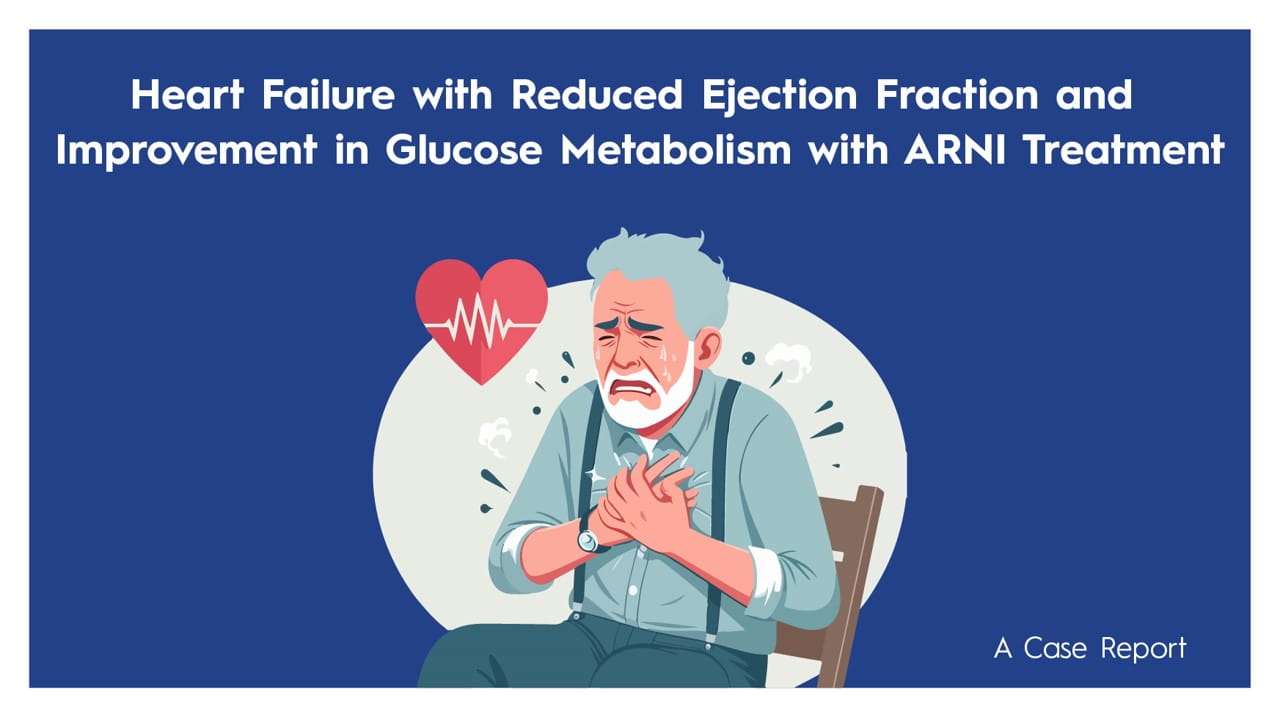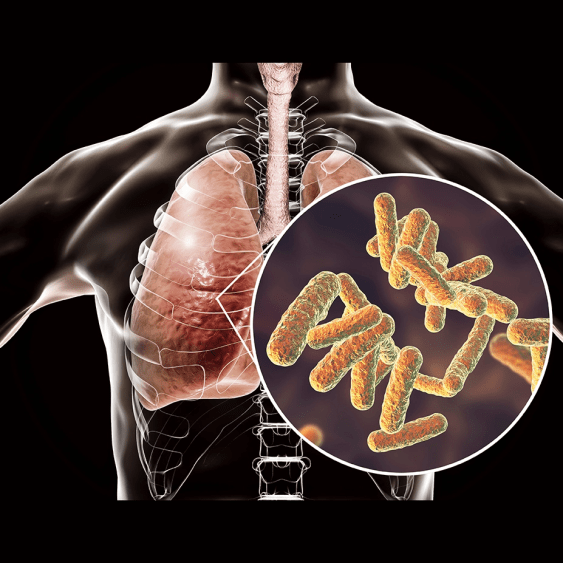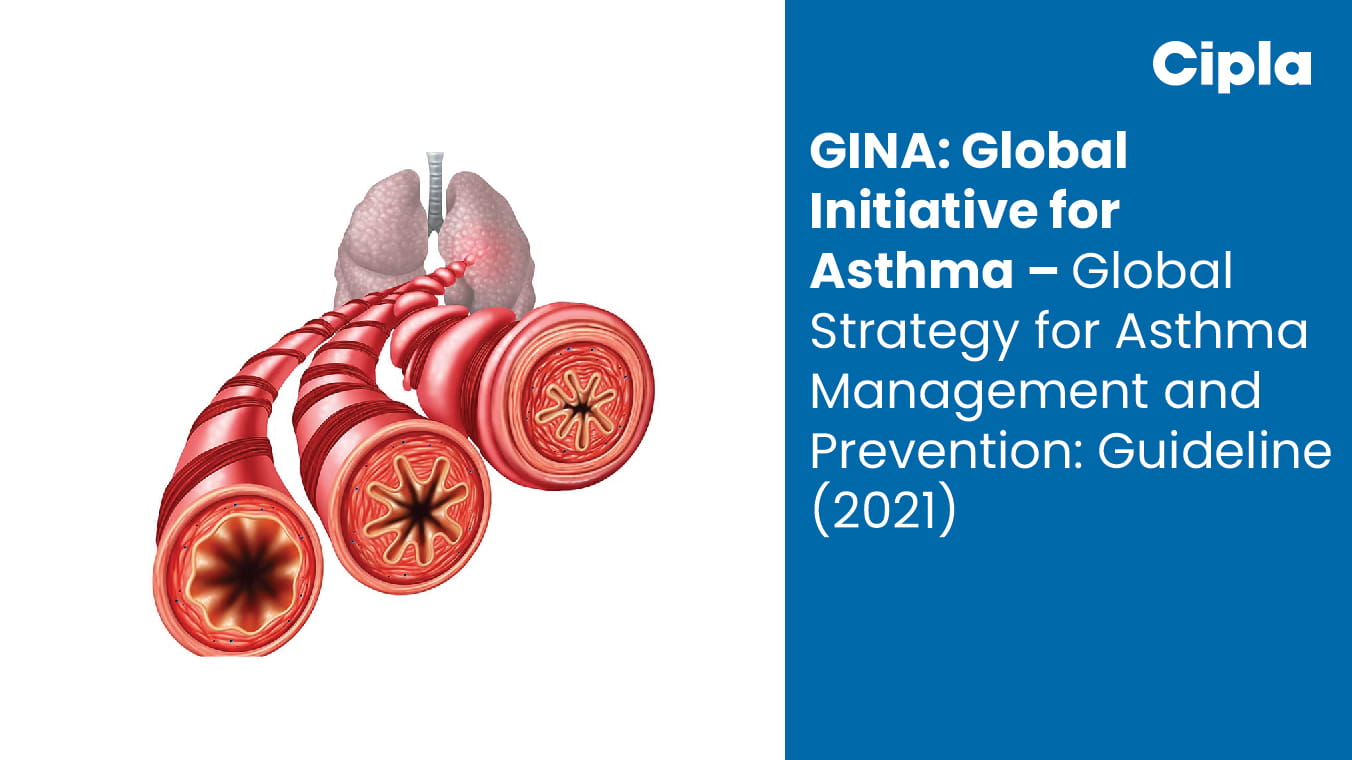Introduction:
Type 2 diabetes (T2D) is associated with an increased risk of both cardiovascular disease and metabolic dysfunction-associated steatotic liver disease (MASLD), leading to adverse long-term outcomes. The relationship between myocardial infarction (MI) and liver fibrosis risk remains unclear.
Objective:
To evaluate the risk of liver fibrosis within one year following MI.
Methods:
Participants from the DIabetes and ST-segment Elevation MI (DISTEMI) study were phenotyped at 6–12 weeks post-MI (n=103) and followed for one year (n=84). Glucose tolerance was assessed using a 75-g oral glucose tolerance test and categorized as normoglycemia (25%), prediabetes (46%), or T2D (29%). Ejection fraction (EF) was measured via magnetic resonance imaging. Liver fibrosis risk was estimated using the non-alcoholic fatty liver disease fibrosis score (NFS) and fibrosis-4 index (FIB-4).
Results:
A decline in EF from 53±10% to 51±10% (p<0.01) was observed over one year, primarily among participants with T2D (52±12% to 48±11%, p<0.05). FIB-4 increased by 12% (1.28±0.85 to 1.43±0.90, p<0.001) and NFS rose by 56% (-1.10±1.47 to -0.61±1.28, p<0.0001), regardless of age or glucose tolerance status. An inverse correlation between EF and NFS was noted at one year (r=-0.27, p<0.05), while the correlation with FIB-4 was not statistically significant (r=-0.22, p=0.10).
Conclusion:
A reduction in left ventricular ejection fraction and an increase in liver fibrosis markers were observed one year after MI in individuals with T2D. Further research is warranted to explore the complex heart-liver interactions following MI.
ADA 2025, 20-23 June, Chicago




